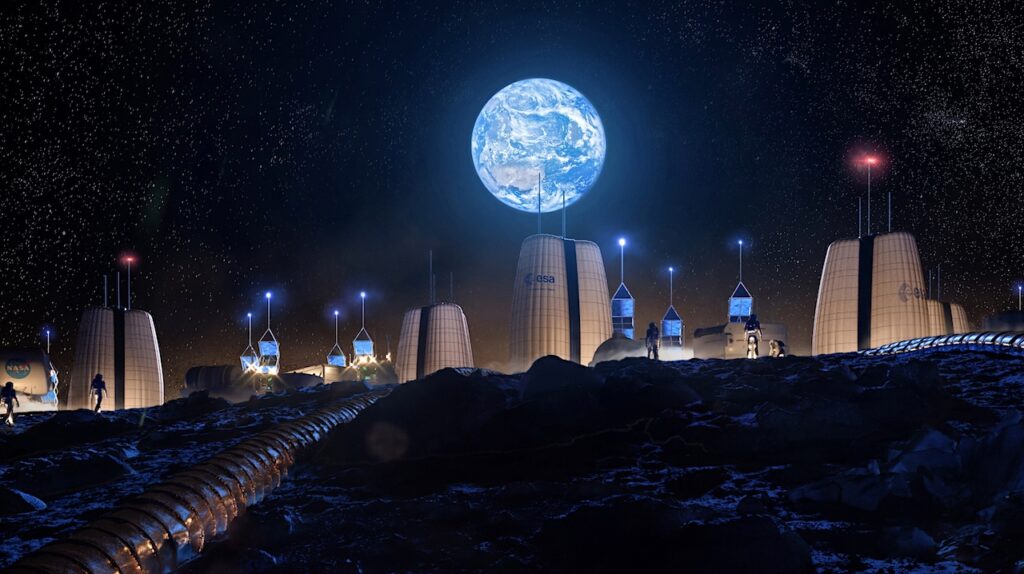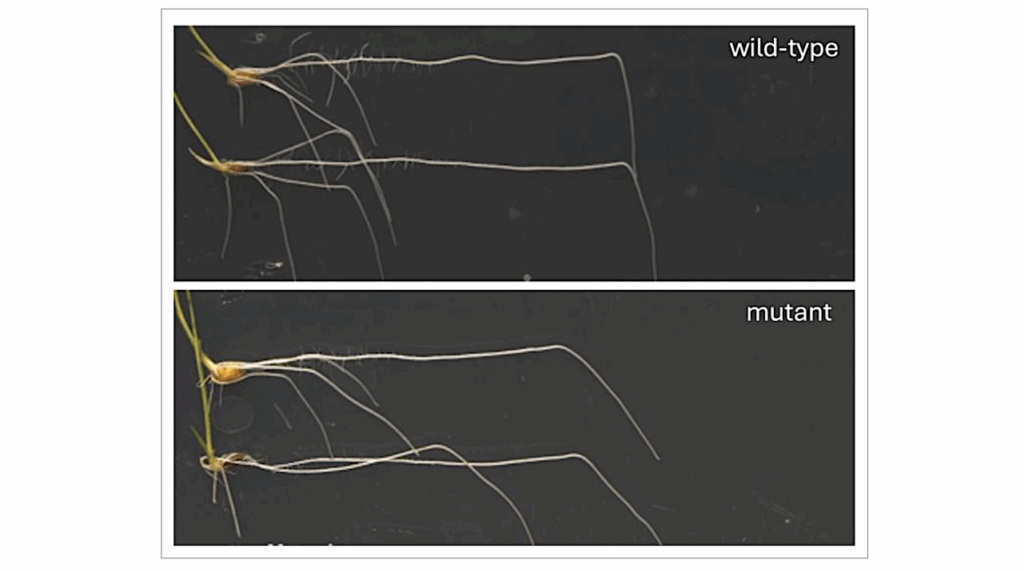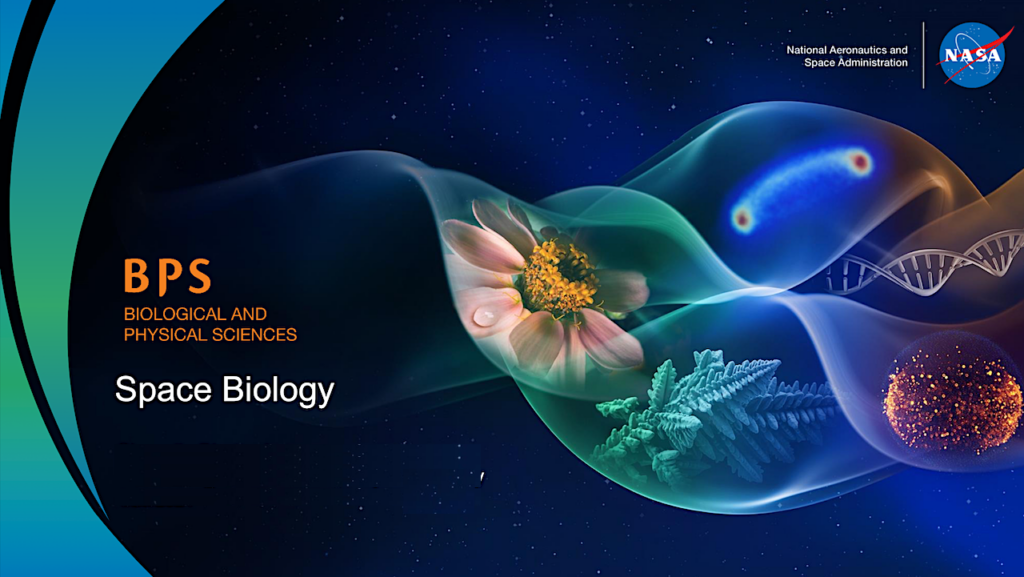To Boldly Go, We Must Boldly Grow

Past as Prologue – When asked what the future holds for humans in space, it’s tempting to recall the plots of favorite science-fiction films. Often, they involve astronauts, rockets, and intergalactic conflict–rarely do they explore the essential “behind-the-scenes” science that enables space exploration.
This is why I’m grateful for this opportunity to acknowledge the pioneering efforts of many unsung heroes who, through research conducted on the International Space Station (ISS), have paved the way for generations ahead.
First, I’d like to congratulate my colleagues with the ISS U.S. National Laboratory for their many contributions to advancing scientific discovery in low Earth orbit. They have brought a level of access and affordability to space-based research that was unprecedented when the first crew boarded the space station 20 years ago.
Once, all roads to space led through NASA; today, government agencies, academic institutions, and private industry alike can conduct work on the ISS directly through the ISS National Lab. In fact, for less than the cost of a high school football teams’ uniforms, a school could afford to run an un-crewed experiment onboard the International Space Station.
In reading other guests’ blogs featured in this 20th anniversary series, persistent themes have emerged: the commercialization and democratization of space and the scientific advancements made on station that would not have been possible on Earth. It’s through this lens that I look ahead to the future of R&D in space.
Why Space Experiments Matter
Before I gaze into my crystal ball to see what the next twenty years might hold for humans in space, I believe it’s important to address two key questions: Why invest in space-based research? And, why can’t we conduct this research on Earth?
To answer the first: Experiments conducted on the International Space Station have led to insights on natural phenomena and to technology innovations that have not only laid the groundwork for sustained space exploration but have also led to benefits here on Earth. One example: learning how to grow plants in space triggered technological advances such as LED “grow lights” that later benefited indoor, vertical farming on Earth. Another example: creating a fifth state of matter at ultracold temperatures, a Bose-Einstein Condensate, in space enables the study of unique geometries like “bubbles” and could support the development of quantum physics applications such as ultrasensitive sensing and timekeeping.
Another example: studying flames in space has led to the discovery of “cool flames” that are invisible to the naked eye and whose study are helping advance combustion technology back on Earth. And: studying microbes in extreme environments is enabling researchers to understand viruses and bacteria in the hopes that they can develop future treatments.
To address the second question, why can’t we perform this research on Earth: In short, the unique conditions of the spaceflight environment–including altered gravity and space radiation, among others–present unique opportunities for researchers to study biological and physical systems in ways not possible on our planet. Researchers can use microgravity to study systems in the absence of buoyancy-driven convection, sedimentation, and hydrostatic pressure.
Harkening back to the sci-fi movie analogy, the lack of sedimentation and convection sets up situations akin to scenes where the hero dodges projectiles in ultra-slow motion, manipulating their trajectories as if they were standing still. So too is it similar for scientists who use the properties of microgravity to study systems that are not stable on the ground. Studies of colloidal suspensions supported by NASA’s Biological and Physical Sciences Division and the ISS National Lab on the space station have provided scientific insights and guided improvements to consumer products such as shampoo and fabric softener.
BPS has developed critical infrastructure for such experiments conducted on the space station. Our division, often in partnership with industry partners, has developed new experimental hardware, techniques, and processes for its grant-based research–and made these accessible to the ISS National Lab.
Thus, NASA helps develop the capabilities that can be utilized by commercial industry and academia to further pioneer scientific advancements and innovations.
It is with this history of openness and collaboration in mind that I anticipate a future where new generations of scientists and entrepreneurs will work together to take humans and technology farther than we can possibly imagine.
The Decade Ahead
As we seek to establish a sustained presence on the Moon, and eventually Mars, we must deepen our scientific understanding of the systems required to do so.
The celebration of the 20th anniversary of the International Space Station is a timely one. The National Academies of Sciences, Engineering and Medicine (NASEM) has commenced its process for developing the Decadal Survey on Biological and Physical Sciences in Space 2023-2032.
The Decadal Survey will solicit input from the research community and providers of spaceflight services to identify priorities for the next decade and inform NASA’s research mission. Scientists and engineers from around the world, representing a range of disciplines and engineering, are invited to share research concepts and capabilities that will help us answer the most important science questions facing us in the next decade.
And it will influence the resulting research that will eventually need to be conducted in space.
A National Imperative
The space station has served as a critical experimental platform and proving ground. The International Space Station partners have all committed to support operations at least through 2024 and there is active discussion about extending its operational lifetime to 2028 or 2030. At some point, the ISS as we know it will “retire,” and given the long lead time that lines of research can require, we look to who will develop its successor(s). Quite likely, commercial companies will seize the opportunity to create for-hire labs in low Earth orbit. I expect this will include a future in which NASA will be a customer that literally and figuratively rents space. Indeed, NASA is actively working to enable this future through its commercial low Earth orbit development activities that include a habitable module to be added to the space station and a future solicitation for a crewed free-flyer.
A seamless transition between stations will be critical for many long-running studies that have been underway. Today, virtually every minute of crew members’ time on station is choreographed. While some experiments don’t require human interaction, many others do. For us to continue the pace of scientific discovery and understand and plan for the long-term effects of prolonged spaceflight, it will be essential that the ISS National Lab, NASA, industry, and others have uninterrupted access to a research platform in space.
Thus, as we ponder the future of humans–both in space and on this planet–it is imperative that we continue to support the research that will enable us to thrive. There is so much more to be learned about how fundamental systems work, and the knowledge we gain in space could one day be used for improvements back on our planet.
For Earth, space-based research might manifest as improved vertical farming techniques, a longer shelf-life for consumer products, medical advancements, and power-plant innovations. For prolonged human space exploration, this research is essential for the crew’s health and performance.
To sustain a human presence in space, we must ensure that the structures we build can withstand the extreme conditions found on other planets. We must find ways to use the materials available to us on the planets we inhabit. We must ensure that the humans l
iving and working in space have access to nutrient-rich food and potable water. And we must ensure that these pioneers can return safely back to Earth.
To Boldly Grow
I’d like to close with another analogy. I would liken the International Space Station to a garden–one in which not just fruits, vegetables, and plants are grown, but one that also cultivates ideas and harvests scientific results.
Thus, to boldly go where no one has gone before, we must boldly grow the science and technology that will enable us to do so. I look forward to the innovative ideas that the Decadal Survey will produce in service of this mission.
Thank you again to the many scientists, engineers, program managers, astronauts, and others whose contributions on station over the past 20 years have created a lasting legacy.
— Craig Kundrot is the Director of NASA’s Biological and Physical Sciences Division (BPS). BPS’s mission is two-pronged: to pioneer scientific discovery and enable spaceflight exploration.








